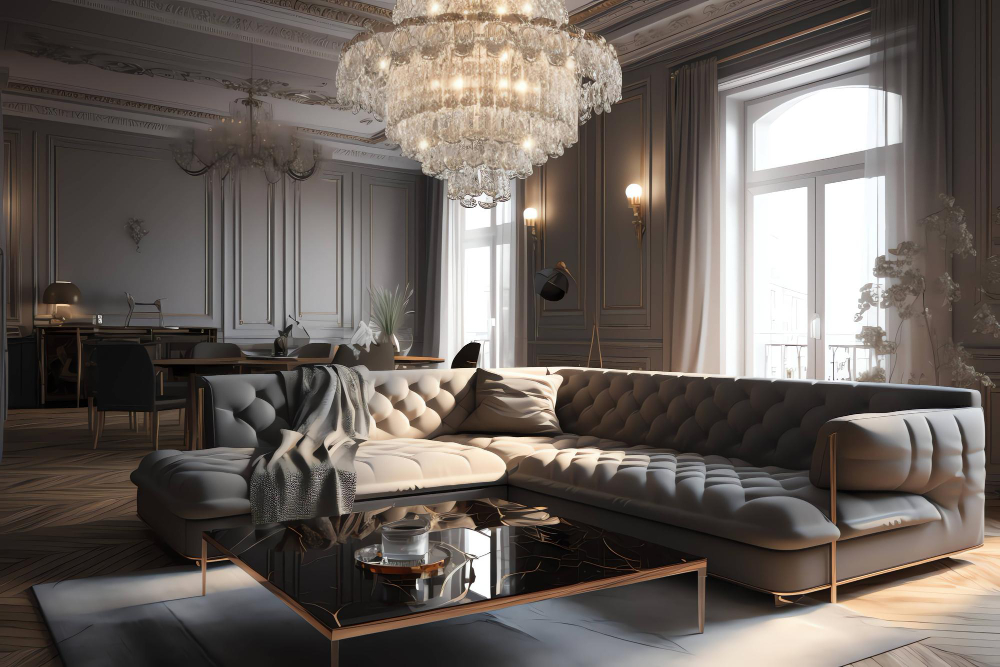Welcome to the world of plafonnage, where craftsmanship meets architectural finesse. Mastering the art of plafonnage is more than just applying plaster to walls; it’s about transforming spaces into timeless works of art. Originating from the French word « plafond, » meaning ceiling, plafonnage embodies a centuries-old tradition of creating smooth, elegant surfaces that enhance interior environments. In this blog series, we delve into the intricacies of plafonnage, exploring its rich history, techniques, and modern applications. From understanding the different types of plaster mixes and their properties to mastering the art of achieving flawless finishes, each aspect contributes to the mastery of this age-old craft. Whether you’re a seasoned professional or a DIY enthusiast looking to elevate your home’s interior, join us as we uncover the secrets behind achieving impeccable plafonnage. Discover how this art form can not only beautify but also add value and character to any space, creating a lasting impression that transcends trends and time.
Introduction to Plafonnage: Understanding the Basics

Plafonnage, often referred to as decorative plastering or stucco, is a centuries-old technique that combines practicality with artistic expression. Originating from European traditions, plafonnage has evolved into a versatile method used in both traditional and contemporary architecture. In this comprehensive guide, we will delve into the fundamentals of plafonnage, exploring its history, materials, techniques, and practical applications.
What is Plafonnage
Plafonnage is a decorative plastering technique used to embellish interior walls and ceilings. Unlike conventional plastering, which aims for smooth, flat surfaces, plafonnage focuses on creating textured finishes that enhance visual appeal. This technique allows for a wide range of effects, from rustic and natural textures to intricate patterns and designs.
History and Evolution
Plafonnage traces its roots back to ancient times when artisans used lime-based plasters to adorn walls and ceilings. Over the centuries, different cultures refined the technique, incorporating local materials and decorative styles. During the Renaissance period in Europe, plafonnage flourished as a hallmark of architectural elegance, adorning palaces, churches, and stately homes.
Materials Used in Plafonnage
The key to successful plafonnage lies in selecting the right materials. Traditional plafonnage uses lime-based plasters for their durability, breathability, and aesthetic properties. Modern variations may include gypsum or acrylic-based plasters, each offering distinct advantages in terms of application and finish. Pigments and additives can be mixed into the plaster to achieve desired colors and textures.
Techniques of Plafonnage
Achieving a perfect plafonnage finish requires skillful application techniques. The plaster is typically applied in multiple layers using specialized tools such as trowels and floats. Techniques vary depending on the desired effect—smooth finishes require careful smoothing and polishing, while textured finishes involve creating patterns or rough surfaces.
Applications in Architecture and Design
Plafonnage is widely used in both residential and commercial settings to enhance interior spaces. In contemporary architecture, it can be seen in luxury homes, boutique hotels, and upscale restaurants where designers aim to create bespoke interiors. Beyond aesthetics, plafonnage also serves practical purposes such as improving acoustics and thermal insulation.
Step-by-Step Guide to Applying Plafonnage
Plafonnage, a technique rooted in centuries-old craftsmanship, continues to captivate with its ability to transform ordinary surfaces into works of art. Whether you’re renovating a space or adding a touch of elegance to a new build, mastering the application of plafonnage requires attention to detail and a methodical approach. In this guide, we’ll walk you through each stage of the process, from preparation to finishing touches, ensuring you achieve a flawless result.
Assessing and Preparing the Surface
Before applying plafonnage, ensure the surface is clean, dry, and free of dust or debris. Repair any cracks or imperfections with a suitable filler and allow it to dry completely. Smooth out uneven areas to create a uniform base for the plaster.
Choosing the Right Plaster
Select a plaster suitable for your project. Traditional lime-based plasters offer breathability and durability, while gypsum or acrylic-based options provide versatility and faster drying times. Consider the desired texture and finish when choosing your plaster.
Mixing the Plaster
Follow the manufacturer’s instructions to mix the plaster to the correct consistency. Use clean water and a mixing paddle to achieve a smooth, lump-free mixture. Allow the plaster to rest for a few minutes before applying to ensure optimal workability.
Applying the First Coat
Using a steel trowel, apply the first coat of plaster evenly across the surface. Work in small sections to maintain control over the application. Ensure the thickness of the coat is consistent, typically between 2-3 millimeters, depending on the desired texture.
Creating Texture (Optional)
If you desire a textured finish, use a variety of tools such as a textured roller, sponge, or combing tool to create patterns or textures in the wet plaster. Experiment with different techniques to achieve the desired aesthetic effect.
Mastering Decorative Techniques in Plafonnage
Plafonnage isn’t just about creating smooth surfaces; it’s an art form that allows for a myriad of decorative possibilities. Mastering these techniques requires understanding how to manipulate plaster to achieve unique textures and patterns.
- Texture Creation: Experiment with tools like brushes, combs, or sponges to imprint textures into wet plaster, offering depth and character to surfaces.
- Color Integration: Mix pigments directly into plaster for vibrant hues or apply colored washes over dried plaster to enhance visual interest.
- Stenciling and Embossing: Use stencils or embossing tools to imprint intricate designs onto plastered surfaces, adding a personalized touch.
- Layering Techniques: Build layers of plaster with varying thicknesses and textures to create a dynamic visual effect that catches light differently.
Conclusion
Mastering the art of plafonnage is not just about technique; it’s about a deep understanding of craftsmanship and a commitment to excellence. Whether you’re renovating a historical building or adding a modern touch to a new construction project, the expertise of Bruxelles Plafonnage BEL MRSC shines through in every finish. Our dedication to using high-quality materials and employing skilled artisans ensures that each surface is not only visually stunning but also durable and long-lasting.
For inquiries about our plafonnage services in Bruxelles, Belgium, please don’t hesitate to contact us at +3246020154. We are passionate about transforming spaces with our meticulous plastering techniques and are committed to exceeding your expectations. Let Bruxelles Plafonnage BEL MRSC bring your vision to life with the timeless artistry of plafonnage.


